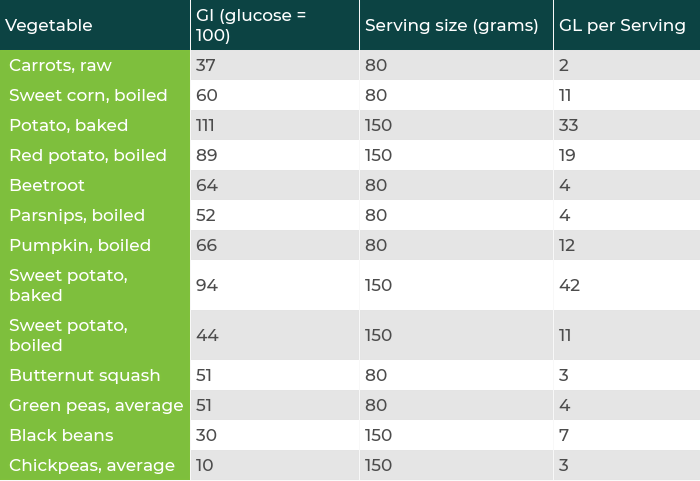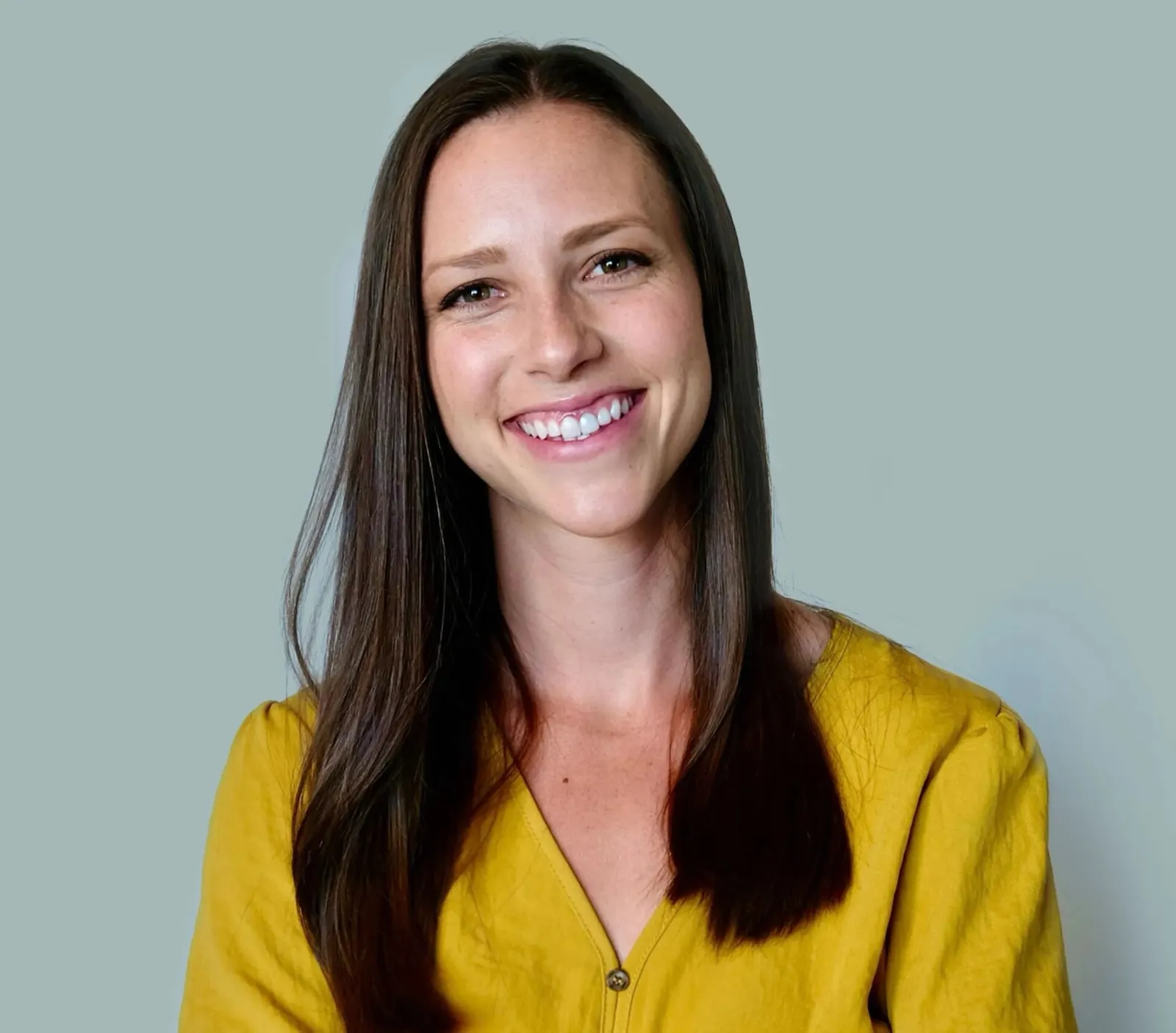Low Glycemic Fruits and Vegetables: A Comprehensive Guide

Key Takeways
What is the Glycemic Index?
If you’ve ever searched for information about a low carb diet, then you’ve probably heard the term Glycemic Index (GI). What does that actually mean and where do these seemingly random numbers come from? Knowing how your blood glucose is going to respond to food can be important for managing certain disease states, such as diabetes, as well as promoting optimal health, so the GI was developed to help rank how we respond to specific foods.
The GI of food is a number ranking system that lists foods based on how blood glucose trends after eating a standard amount of carbohydrates. To get that number, researchers give at least 10 people 50 grams of a carb, like an apple, and compare their response to 50 grams of pure glucose. Foods that are lower on the GI are going to be useful for maintaining good glucose control as they lead to a slower, more sustained release of glucose. Those that have a high GI are easily digested and metabolized, leading to more extreme glucose value spikes.
Maintaining good blood glucose control is important for promoting overall health as these drastic spikes can stimulate more insulin production. Over years of repeated postprandial spikes, damage can occur to our pancreas that inhibits its insulin-secreting function and eventually can lead to type 2 diabetes and other complications. GI can be a tool to help you select appropriate foods that promote better glucose control, and there is also some thought that lower GI foods help to promote satiety.
While GI can be a useful tool to better understand the physiologic effects of different foods on our glucose values, there are some limitations when using this as a tool to promote better nutrition. The first concern is that different people can have a wide range of responses to the same exact carb serving. The GI gives us a rough estimate of what to expect, but it’s still possible to have variations from person to person.
Another thing to keep in mind is that GI doesn’t take into account other nutritional information. Instead, it is simply looking at our glycemic response to a specific food. In general, foods that produce a higher glycemic response are often those that contribute to weight gain or slow weight loss as well as a higher risk of diabetes and heart disease, but that’s not always the case. Soybean oil produces a very low glycemic response, but that doesn’t mean eating soybean oil all day long is a good idea!
The GI of specific foods is also affected by how that food is prepared, processed, and what other foods are eaten with it.
Lastly and probably the most concerning part of GI testing is that it doesn’t always reflect the amount of food that you would typically eat in a real-life setting. Instead, GI always looks at how you respond to 50 grams of carbohydrates from that particular food. You would need to eat almost 7 cups of sliced carrots in one sitting in order to get to 50 grams of carbs!
How to Use a Glycemic Index Chart
To use a GI chart to your advantage, simply choose foods that have a lower value more often and limit those that have a higher value. If you follow a keto diet, the GI can be a good starting point for finding fruits and veggies that will work for you. You can use the following ranges to determine whether a fruit or vegetable is low, medium, or high on the GI:
· Low – 55 or less
· Medium – 56-69
· High – 70 or more
In addition, you can also use a GL chart to get a more realistic picture of how a specific serving size of food will affect your glucose. GL is a calculation derived from GI that uses a realistic portion size to gain a better understanding of glycemic response. To get that value, the GI of a food is multiplied by the amount of carbs in the serving size and then divided by 100. Use these ranges to determine GL:
· Low – 1-10
· Medium – 11-19
· High – 20+
4 Factors That Impact a Fruit or Vegetable’s Glycemic Index Rating
There are many factors that can affect a food’s GI rating, such as:
1) Ripeness of the Fruit or Vegetables
Fruits and vegetables experience a shift in the starch/sugar ratio as they ripen. Unripe fruits typically have a higher starch, lower sugar content. As they ripen, the sugar content increases, contributing to a higher GI.
2) Whether or Not They Have Been Processed
In general, any type of processing, including grinding, mashing, and cooking, raises the GI of that fruit or vegetable by breaking it down into a more easily digestible form. Fruits and vegetables closest to their natural form (i.e., a whole apple versus apple sauce) will have a lower GI.
Fermentation is another form of processing that can change the GI of a fruit or vegetable. When a food is fermented, it’s more slowly digested and the carbs are more slowly released into the bloodstream (thanks to the production of organic acids). This ultimately leads to a lower GI. If you’ve heard that apple cider vinegar can help to prevent a blood glucose spike, this works in a similar way.
3) Additional Nutrients the Body Must Break Down
The specific type of fiber in each food contributes to the GI of that food. Soluble fiber is commonly found in oats, peas, and beans and gets praised for helping to reduce cholesterol levels and stabilize blood glucose. It thickens our food and slows down the amount of time it takes for food to move through the digestive tract, leading to a lower GI. Compare that to insoluble fiber that is found in high amounts in certain vegetables like potatoes. This helps to keep us regular, but it doesn’t lead to any thickening of our food bolus, meaning it’s not going to play much of a role in lowering GI values.
Certain fruits and vegetables like legumes, rhubarb, and spinach contain things like phytates, lectins, and polyphenols (often called anti-nutrients) that decrease GI by slowing down digestion time.
4) Other Components of the Meal
What you eat alongside a fruit or vegetable can change the glycemic response for that meal. When you eat a balanced meal, you’ll typically have some protein and fat in addition to carbs. Both protein and fat help to hold carbs in your digestive system a bit longer, leading to a slower release of glucose into your bloodstream and a lower GI. Along with that, protein can also stimulate more insulin secretion, leading to lower blood glucose levels.
Which Fruits and Vegetables are Low Glycemic?
Want to know which for your favorite fruits and vegetables have a low or high glycemic index? Check out these glycemic index charts.
Glycemic Index Chart For Fruits

Moderate- and High-Glycemic Fruits
· Watermelon
· Pineapple
· Mango
· Raisins
Low-Glycemic Fruits
· Apple
· Strawberries
· Grapefruit
· Orange
Glycemic Index Chart for Vegetables
While there are vegetables that rank higher on the GI, these shouldn’t automatically be avoided. GI is calculated based off of a 50-gram serving of food, regardless of how large of a quantity that actually is. Many high GI vegetables don’t contain a lot of carbs and have a low to moderate GL, along with being great sources of fiber, vitamins, and other nutrients.

Moderate- and High-Glycemic Vegetables
· Potato
· Beetroot
· Sweet potato
· Pumpkin
Low-Glycemic Vegetables
· Carrots
· Black beans
· Chickpeas
· Non-starchy vegetables (asparagus, broccoli, cucumber, greens, etc.)
Find the right Nutrisense programto turn insight into progress.
Go Beyond Glucose Data with Nutrisense
Your glucose can significantly impact how your body feels and functions. That’s why stable levels are an important factor in supporting overall wellbeing. But viewing glucose isn't enough. Nutrisense, you’ll be able to learn how to use your body's data to make informed lifestyle choices that support healthy living.
One-to-one coaching
Sign up to access insurance-covered video calls to work with a glucose expert: a personal registered dietitian or certified nutritionist who will help tailor your lifestyle and diet to your goals.
Monitor and measure what matters
With the Nutrisense CGM Program, you can monitor your glucose with health tech like glucose biosensors and continuous glucose monitor (CGM)s, and analyze the trends over time with the Nutrisense App. This will help you make the most informed choices about the foods you consume and their impact on your health.
Find your best fit
Ready to take the first step? Start with our quiz to find the right Nutrisense program to help you take control.

Kara Collier is a registered dietitian nutritionist and certified nutrition support clinician who is passionate about reshaping how we approach prevention, behavior change, and metabolic health. A Forbes 30 Under 30 honoree, she’s helped over 150,000 people improve their metabolic health using tools like continuous glucose monitors and behavior-focused nutrition strategies. Kara has been featured by Forbes, UC Berkeley, and HLTH, and has appeared on top podcasts like Mind Pump and The Genius Life.




